My journey to Nepal begin about two weeks ago. I came here with the Acupuncture Relief Project to volunteer in a rural village for 2 months providing primary health care. I came on this trip to become a more effective healthcare practitioner, learn how people in the third world are living and offer my services to anyone in need that I may help in some way.
I arrived in Kathmadu on January 4th, after taking my first trip across the Atlantic Ocean. The travel time was just about 24 hours, including an 8 hour layover in Dubai, and an hour to get through customs. I was thankful to meet up with the rest of my team, including 4 other volunteer doctors, our team leader, and the director of the project. We stayed in a hotel in Thamel, which is a tourist region of Kathmandu. We stayed in Thamel for the first 3 nights of the trip, to help our bodies acclimate to the almost 11 hour time differnece and to prepare for the journey to the rural village of Bhimphedi. After about 2 days I felt pretty well adjusted to the change in time and environment.
Thamel was like no city I have ever seen before. We walked out of our hotel into a maze of open air stands and shops. Many of the vendors had their raw food and recently butchered meat out in the open, for mostly locals to buy. The streets were also lined with small tourist and textile shops, which we all did some shopping in and practiced our bargaining skills in, which is customary to do here. We had some pretty amazing local meals, my favorite of which was the dumpling like momo's. I received a 90 minute massage for 2500 rupees, which is only $25.00, and greatly helped with my jet lag. Everything in Nepal is much cheaper than the U.S. and the developed world, as the economy is very poor due to various political reasons that many third world countries are affected by.
Walking and getting around Kathmandu was quite terrifying at first. The roads are not well marked and drivers are very aggressive. Crosswalks do not really apply, so crossing the street was quite precarious at times. Police officers stand on concrete pedestals in the center of busy intersections and act as traffic signals. There were very few traffic lights in Kathmandu that I saw, which I'm guessing is because the power can go out at any time and would make them pretty ineffective. The pollution is severe in the valley of Kathmandu as well, so I wore a mask most of the time we were there. There is not much air circulation in the valley, and since they burn all of their trash and have a lot of vehicle traffic it is easy to see why the air quality is not so good. The smog unfortunately prevents the Himilayan mountains from being visible a majority of the time.
Our team leader, Terry, who was a volunteer last year, also took us around sightseeing before we left for Bhimphedi. Despite the chaos and obvious poverty, Nepal is also a vey beautiful country. We went to the most sacred Hindu temple in Nepal called Pashupathinath, which was very beautiful and full of rich Nepali history. We had a tour guide take us around the grounds and talk about what each of the temples represented and which Gods they were devoted to. The temple is located right along the sacred Bagmati River, where many Hindu people bring their recently deceased relatives for cremation as well. We saw a ceremony for someone who had just passed away, which was very surreal and unlike anything you would see in the U.S. The body was wrapped in cloth and covered in orange flowers on top of a very large pile of wood before being cremated. The eldest son would light the mouth of the deceased on fire, as this is where they believe the soul exits the body from, and the process would take about 5 hours. We were told that Nepal is in the process of building an electric crematorium close to the temple, as deforestation is an increasing concern. On our way out of the temple, another body was being brought in on foot right in front of us.
We then took a cab over to the Buddhist temple, Boudha. This is a very beautiful temple, tall and circular in shape with the ornamental eyes that is a common symbol in Tibetan Buddhism that is seen a lot in the west as well. We walked around the whole temple and spun the prayer wheels located around the perimeter of the temple. There were a lot of shops as well, and we had a delicious Nepali lunch over looking the temple. On our last day before heading to Bhimphedi, we went to the Monkey Temple (Swayambhunath) as well, which was located at the top of a very steep hill west of the city. There were beautiful views from this temple, although it was quite sad to see how much pollution hangs over the city. It is said there are holy monkeys living in part of the temple. I'm not sure if we saw those or not, but there were probably several hundreds of monkeys wandering around the grounds. None of them tried to steal our things, which can apparently happen in some places!
On our last night in Kathmandu we went to a Nepali cultural dinner. The food was excellent and we all sampled a little bit of raksi, which is a traditional distilled alcoholic beverage made in Nepal and Tibet, typically made in the home from millet or rice. It tasted like a very strong sake to me. During our meal there were dancers as well, who did a different dance representing each of the subgroups of Nepali people. One of the volunteers and my good friend, Becky, was asked to participate in the dancing, which was incredible!
The next morning we all loaded our gear on the top of a Sumo, which is like a Nepali SUV. We started the journey to Bhimphedi, which was also a little terrifying, but the drivers here obviously know what they are doing and we made it safely! The trip took right around 3 hours, and it was absolutely amazing. We were going up mountains and down into the valleys, and passed about 10 small villages on the way to Bhimphedi. The views were just stunning, and the countryside and fresher air were a nice change of pace after being in the much more chaotic Kathmandu. We arrived at Auntie's house in the afternoon and were greeted with a delicious meal of dal bhat and the friendly faces of the team of Nepali interpreters that would be helping us survive the next 7 weeks in the clinic. It was a fun and exciting first week, but was time for us to get familiarized with our new environment and reopen the clinic.

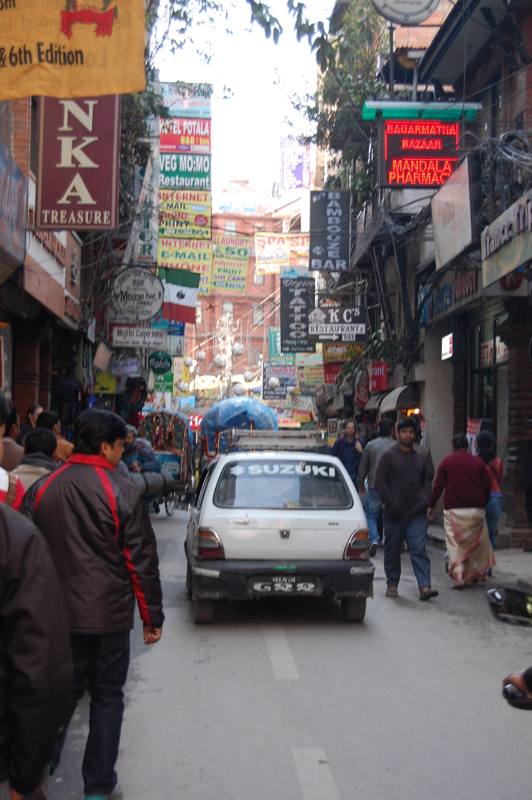
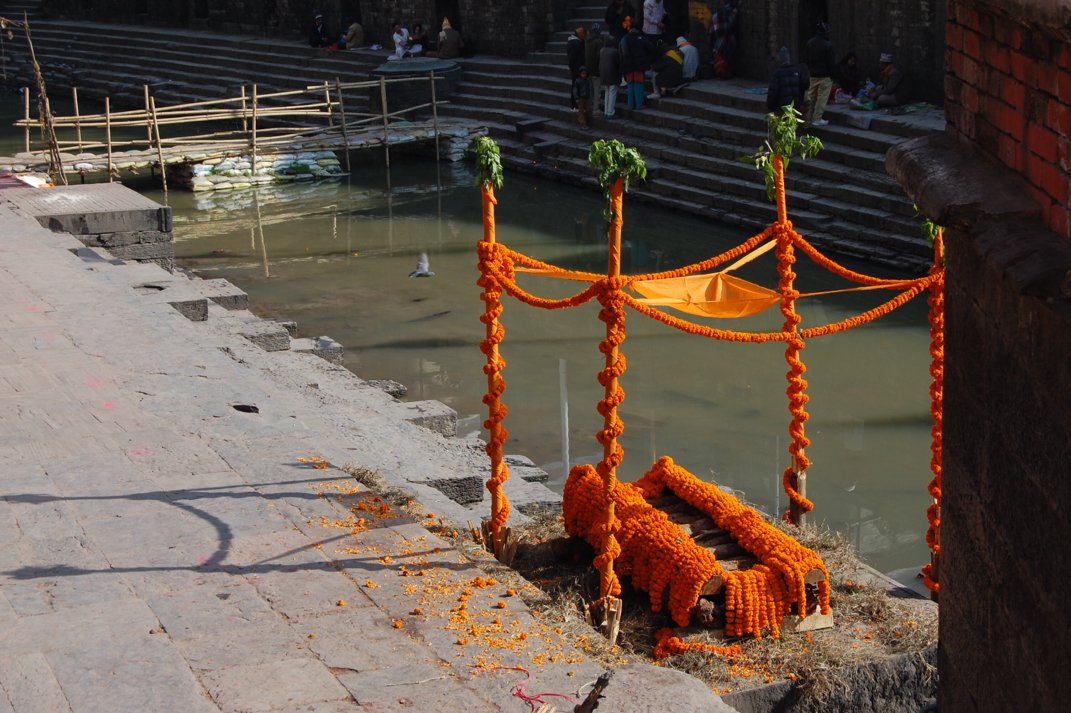

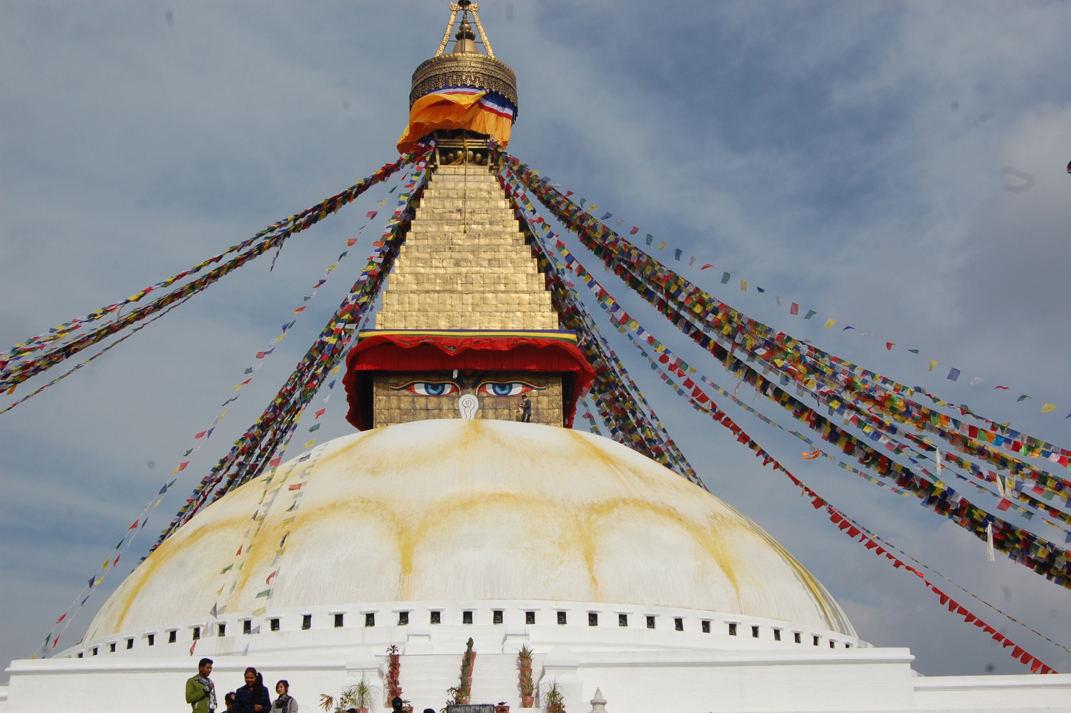
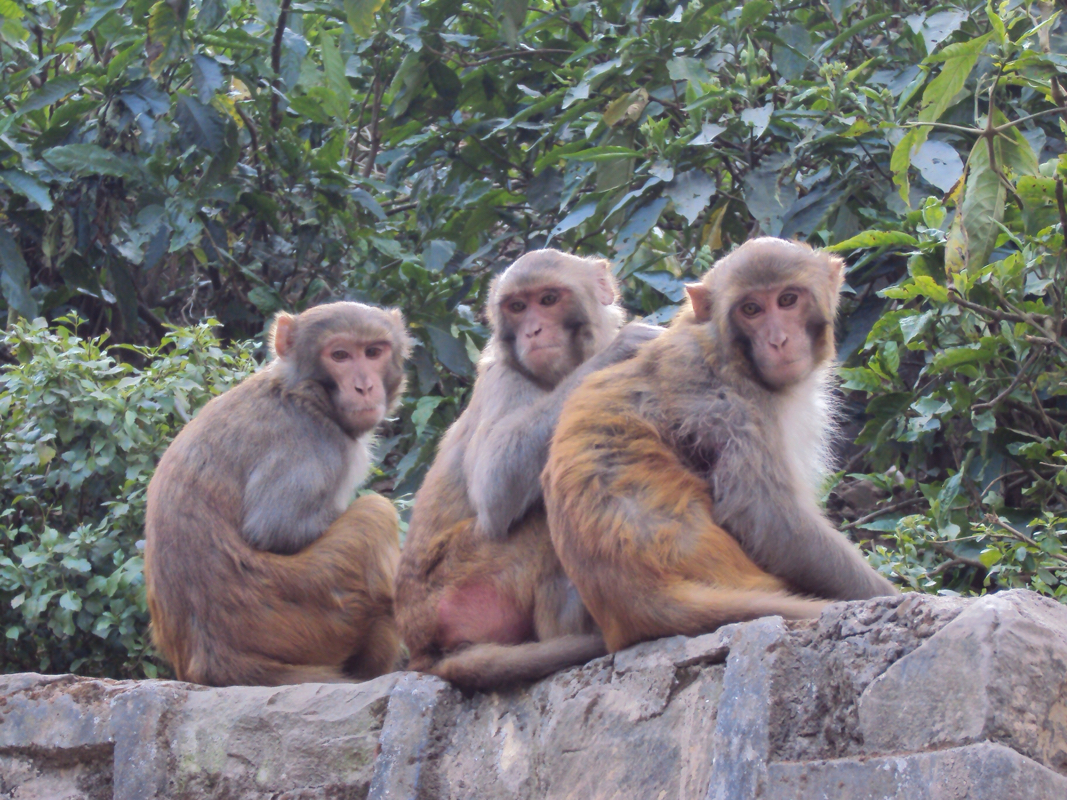

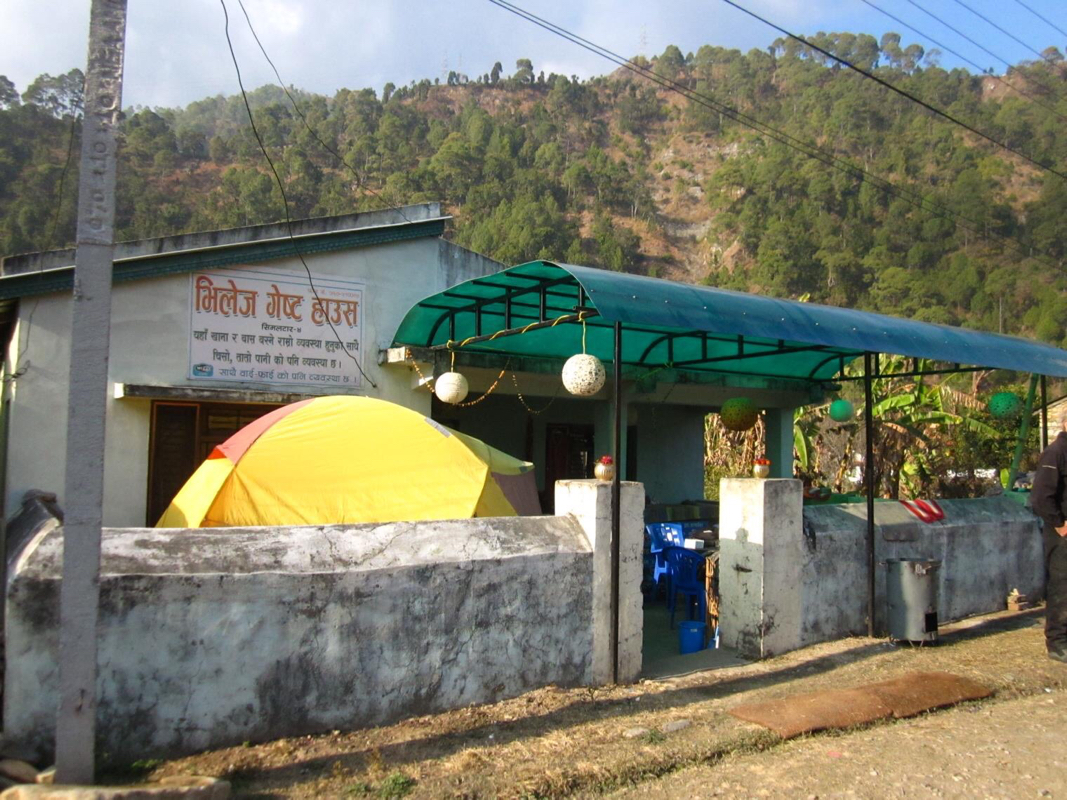
 RSS Feed
RSS Feed
